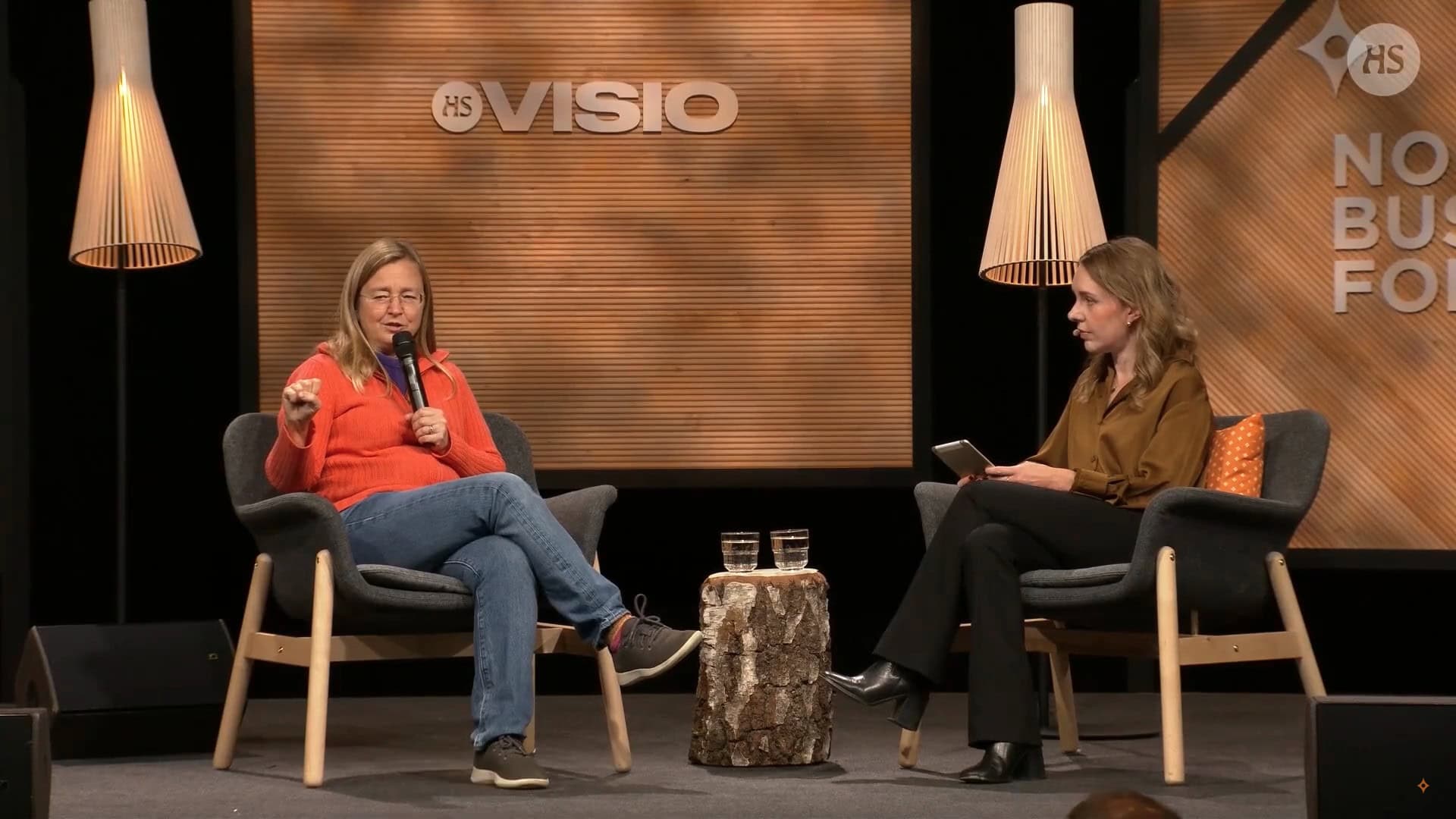Study Guide
Lesson Notes
Our instinct is often to shy away from conflict, but our experts pointed out that certain types of conflict are quite important. They gave some great advice on what to avoid when it comes to conflict, and how to utilize the benefits that can come from it.
Common Mistakes
Avoidance Worsens Conflict
Many leaders either avoid conflict altogether or sugarcoat their feedback, thinking they are being kind as Kim Scott points out. This approach leads to unresolved issues that worsen over time, harming relationships and team morale. Leaders must address conflict head-on and in a timely manner to prevent it from festering and creating larger problems.
Failing to Facilitate Direct Dialogue
Kim Scott suggests that leaders often make the mistake of acting as intermediaries instead of encouraging direct conversations between conflicting parties. This stirs unnecessary tension and creates an unhealthy political environment. Leaders should facilitate open communication by insisting on direct dialogue between team members rather than mediating one-sidedly.
The Benefits of Conflict
Conflict Drives Better Decisions
Productive conflict, such as task and process disagreements, as Adam Grant explains, prevents groupthink and fosters innovative thinking. Liz Wiseman emphasizes that constructive debates allow teams to resolve conflicting ideas, priorities, and strategies, leading to smarter decisions. Conflict can be seen as an opportunity to challenge assumptions, explore diverse perspectives, and arrive at better solutions.
Building Collaborative Relationships
Encouraging people to listen and understand opposing viewpoints, as Chris Voss suggests, significantly reduces friction and helps build a more collaborative and empathetic workplace culture. Leaders who promote mutual understanding among team members enable stronger, more cooperative relationships.
Fostering Positive, Productive Conflict
Framing Matters
Adam Grant highlights the importance of framing discussions constructively. Phrasing disagreements as debates rather than personal critiques makes people less defensive and keeps the focus on solving problems. Leaders can foster productive conflict by using positive framing to shift the focus from personal grievances to collaborative problem-solving.
Create a Safe Space for Disagreement
Encouraging quiet and differing voices and ensuring people feel safe to challenge ideas, even from leadership, is critical according to Morten Hansen. Leaders who build trust and demonstrate self-confidence and openness to feedback create an environment where honest dialogue flourishes.
Resolving Negative, Unproductive Conflict
Act Decisively and Empathetically
Björn Wahlroos and Will Guidara emphasize addressing conflict promptly and consistently. Leaving emotions out of the resolution process keeps things objective, while showing empathy ensures fairness and trust. Leaders should balance decisiveness with empathy, quickly resolving issues without making the conflict overly emotional.
Focus on Forward Momentum
Sanna Suvanto-Harsaae advises shifting focus from fault-finding to solutions, emphasizing progress over blame. This forward-looking approach keeps the team motivated and resilient. Leaders must help their teams move past blame and mistakes to focus on solutions and collective goals.
Ensure Mutual Understanding
As Chris Voss explains, encouraging parties to articulate each other’s perspectives before voicing their own fosters mutual respect and reduces tension. This approach resolves conflicts more effectively and strengthens team collaboration. Leaders who prioritize understanding and acknowledgment between opposing parties can de-escalate tension and create a foundation for cooperation.
Ask Yourself
Am I avoiding any difficult conversations because I’m uncomfortable, and how might that be impacting my team or organization?
- Reflect on whether you are avoiding tough conversations, as Sanna Suvanto-Harsaae and Kim Scott warn against, and consider if you are engaging with conflict in a mature, timely manner to prevent it from escalating.
Am I framing conflicts and disagreements in a way that encourages problem-solving rather than personal criticism?
- Consider if you encourage your team to view conflict as a chance to debate ideas constructively and arrive at better solutions, rather than seeing it as a threat to relationships.
Have I created an environment where everyone feels safe to express differing opinions, even if they challenge my own ideas?
- Reflect on whether you are inviting quiet voices and challengers into the conversation, as Morten Hansen advises, and ensuring that your team feels secure in challenging your and each other’s ideas without fear of retribution.
Do I make a genuine effort to understand all sides of a conflict before taking action, and do I encourage my team to do the same?
- Examine if you are taking the time to listen to all sides of a conflict, as Chris Voss recommends, ensuring that all parties feel heard and understood before moving toward a resolution.

The Episode in 3 Quotes
“Take the conflicts and take them in a mature, caring way. It’s not about who’s right, who’s wrong. It’s about trying to find a solution that works better for all parties.” – Sanna Suvanto-Harsaae
“I think the biggest challenge that leaders face when it comes to solving conflict is that they’re afraid to let it happen in the first place.” – Adam Grant
“We find that the best leaders that become multipliers to the intelligence and capability of their organizations are debate makers. When it comes to the big decisions, they stop, they pause, and they lead their team in hard-hitting debate.” – Liz Wiseman




